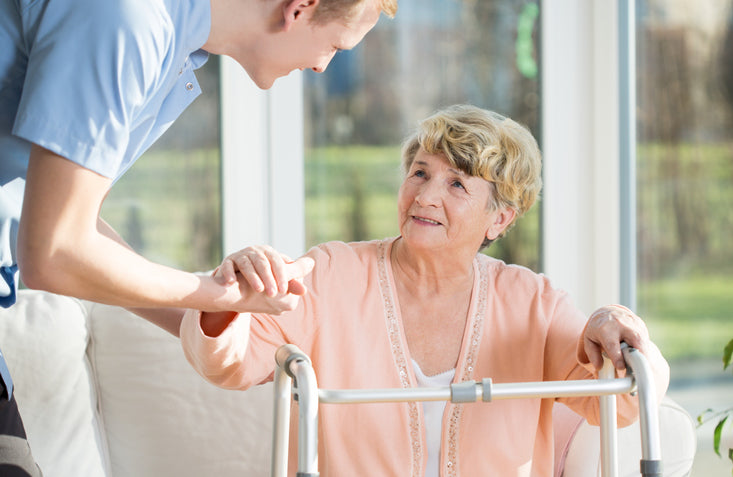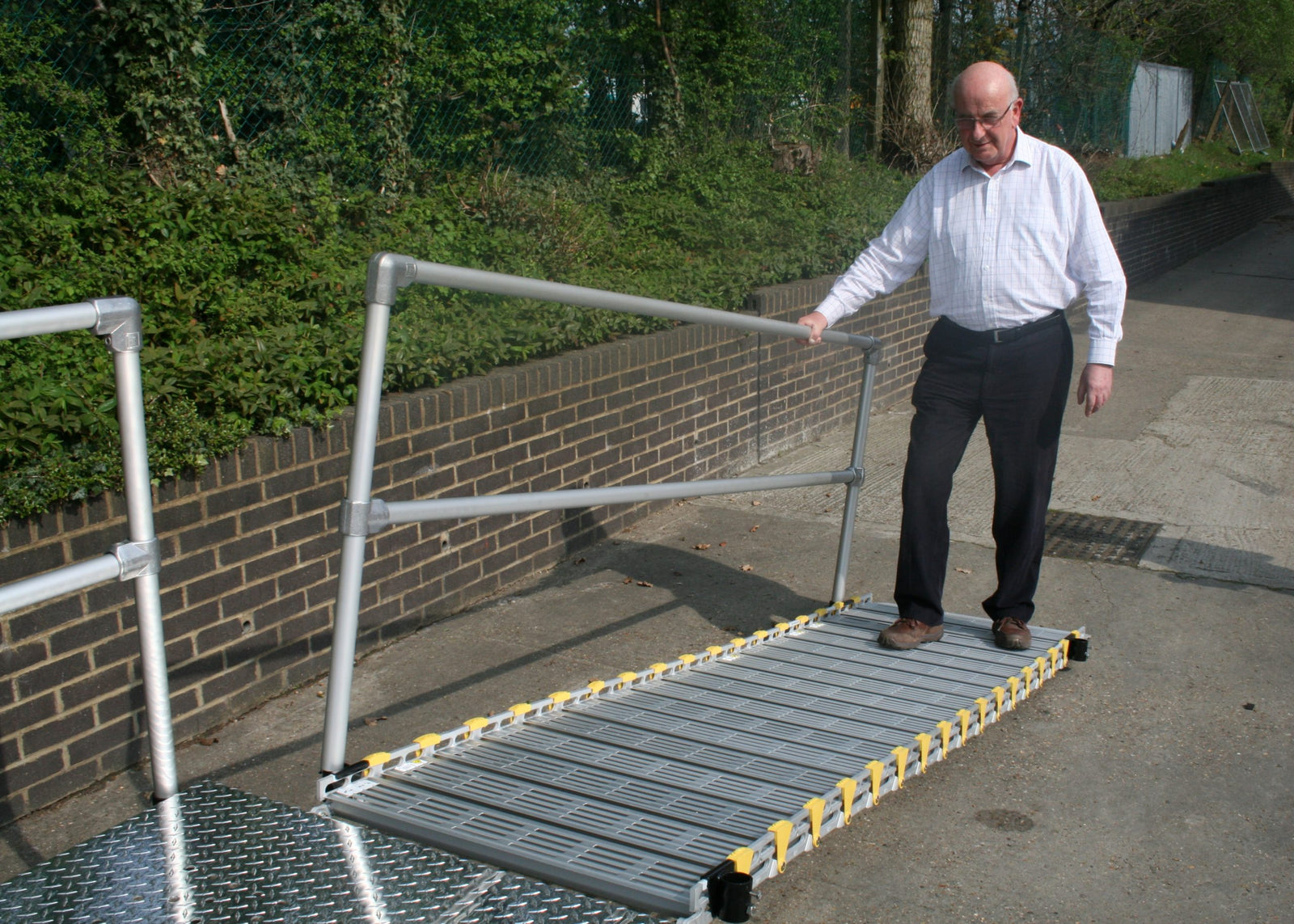Your Cart is Empty
Free shipping | Bulk Order Discounts | Best price guaranteed
Menu
-
- Home
- Shop By Category
- Moving + Handling
- Bathroom
-
Mobility Scooters
- Pavement Mobility Scooters
- Folding Mobility Scooters
- Lightweight Mobility Scooters
- 4mph Mobility Scooters
- 6-8mph Mobility Scooters
- Travel Mobility Scooters
- Lithium Mobility Scooters
- Car Boot Scooters
- Enclosed Mobility Scooters
- All Terrain Scooters
- 2 Person Scooters
- Mobility Scooter Storage
- Mobility Lifts and Hoists
- Mobility Scooter Canopies
- Seating
- Wheelchairs
- Rollators
- Beds + Mattresses
- Medical Equipment
- Powerchairs
- Health + Safety
- Help Centre
- Returns
- Price Guarantee
- Contact Us
-
- Speak With An Expert: 020 3576 3028
- Login

Free shipping | Bulk Order Discounts | Best price guaranteed
Add description, images, menus and links to your mega menu
A column with no settings can be used as a spacer
Link to your collections, sales and even external links
Add up to five columns
Add description, images, menus and links to your mega menu
A column with no settings can be used as a spacer
Link to your collections, sales and even external links
Add up to five columns

What Is Moving and Handling Patients? Key Tips and Practices
November 19, 2024 4 min read
Moving and handling patients is an essential practice in healthcare and social care settings. It involves safety lifting, moving, and assisting individuals who have mobility challenges, ensuring their safety and comfort as well as the safety of the caregiver. Understanding the basics of movinga and handling is vital for minimising risks such as back injuries, which are common among carers, and ensuring compliance with health and safety regulations.

Image from ATF Solutions
Proper instruction and the use of equipment are central to effective moving and handling. Various tools, from hoists to transfer belts, are used based on the specific needs of the patient or service user. Adhering to guidelines, like those outlined in the Lifting Operations and Lifting Equipment Regulations (LOLER), is crucial in maintaining a safe environment for both patients and staff.
Training courses often provide hands-on techniques that teach how to move and lift properly. This training helps in preventing injuries and contributes to a better understanding of the importance of moving and handling. As you explore these techniques, keep in mind the impact this knowledge can have on the quality of care provided and the wellbeing of those involved.
Key Takeaways
- Safe moving and handling are crucial for both patients and carers.
- Various equipment and techniques aid in effective patient handling.
- Training and regulations ensure a safe care environment.
Fundamentals of Moving and Handling in Health and Social Care
When caring for individuals in health and social care settings, moving and handling tasks are crucial. These tasks involve important guidelines and regulations aimed at preventing injuries and ensuring the safety of both carers and those being cared for.
Understanding Moving and Handling Tasks
In health and social care, moving and handling tasks include lifting, supporting, and repositioning individuals or objects. These activities can involve assisting a person to walk, helping them in and out of bed, or moving medical equipment. Safe moving and handling are key to preventing musculoskeletal disorders among carers. Training is essential to perform these tasks correctly and safely. It equips carers with the skills needed to use lifting aids and equipment efficiently. Proper techniques reduce the risk of injury to both the carer and the person being helped.
Legislation and Regulations
Several laws regulate moving and handling activities to ensure safety in health and social care settings. The Manual Handling Operations Regulations outline duties to avoid hazardous manual handling where possible. If unavoidable, this legislation requires risk assessments to minimise harm. Other important regulations include the Health and Safety at Work Act, which mandates the provision of safe working environments. The Lifting Operations and Lifting Equipment Regulations govern the use of lifting equipment, ensuring it is safe and suitable for use. Compliance with these regulations is crucial for maintaining high safety standards and safeguarding the well-being of both carers and patients.
Risk Assessment and Management
Risk assessments are essential in identifying potential hazards in moving and handling activities. A thorough manual handling risk assessment helps to pinpoint tasks that could lead to injury. During this assessment, you evaluate the needs of the person being moved, the task involved, and the environment. This process allows for the development of strategies to manage identified risks. It's important to implement control measures, such as using appropriate equipment and techniques to mitigate these risks. Regular reviews and updates of risk assessments ensure ongoing safety and adaptability to changing circumstances or new challenges.
Practical Techniques and Equipment

When moving and handling patients, practical methods and suitable equipment are crucial for both safety and efficiency. You need to understand the techniques for safe handling, how different aids can assist, and the value of training to avoid back injuries and ensure a safe working environment.
Safe Handling Techniques and Equipment Use
Safe patient handling involves techniques to avoid injuries like back pain. It's important to understand body positions and leverage principles. For instance, the Pelvic Tilt and Wide Base of Support are key principles of safe moving and handling.
Using the right equipment is vital. This includes ceiling hoists, mobile hoists, slings, and wheelchairs to help reduce the strain of manual lifting. These tools are essential for patient safety, making transitions easier and reducing injury risk for healthcare providers.
Utilisation of Handling Aids
Handling aids such as slide sheetsand transfer boards play an important role in moving patients safely. These aids help in reducing friction and effort during transfers. An occupational therapist might suggest specific aids based on patient needs.
Mobility aids like walkers or wheelchairs are also beneficial. They provide support and increase patient independence while ensuring safety. Knowing when and how to use these aids is essential for both patient comfort and carer efficiency.
Training and Education
Proper training in moving and handling techniques is essential for all healthcare professionals. Training courses typically cover ergonomic principles, lifting techniques, and the use of various equipment like hoists and slings. This training ensures a safe working environment for both carers and patients.
Regular updates and courses should be part of continuous education to stay informed about the latest practices. This helps in preventing back injuries and promoting patient safety. Training also encourages confidence and competence in using handling equipment effectively.
Frequently Asked Questions

Image from Care Business Associate Training
When dealing with moving and handling patients, using proper equipment and following set principles is vital. Below are answers to common questions about essential equipment, key principles, and relevant policies.
What equipment is typically used for moving and handling individuals?
In healthcare, various equipment is used to assist with moving patients safely. This might include ceiling hoists or mobile hoists, transfer boards, slide sheets, and gait belts. These tools help ensure both the patient and caregiver are protected from injury. Using the appropriate equipment is a crucial aspect of safe handling practices.
Which five key principles should be followed to ensure safe moving and handling?
Five key principles help ensure safe handling: assessing the task, using mechanical aids, keeping loads close to your body, maintaining a stable base, and avoiding twisting movements. Each principle aims to minimise the risk of injury during the moving process while promoting effective and efficient handling.
What does NHS policy stipulate regarding patient moving and handling?
NHS policy emphasises the importance of maintaining patient dignity and safety during moving and handling. It requires staff to be trained in safe handling techniques, use appropriate equipment, and perform risk assessments. These measures ensure that both staff and patients experience minimal risk and maximum comfort during these procedures.
Also in Blog

What Does Moving and Handling Training Involve? Key Components
January 06, 2025 4 min read
Read MoreSubscribe
Sign up to get the latest on sales, new releases and more …

